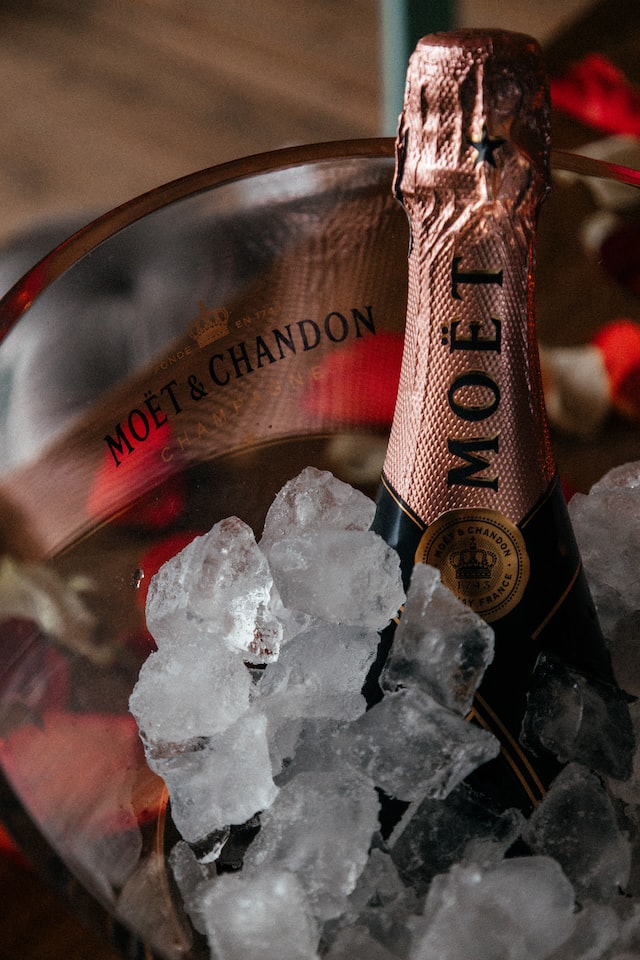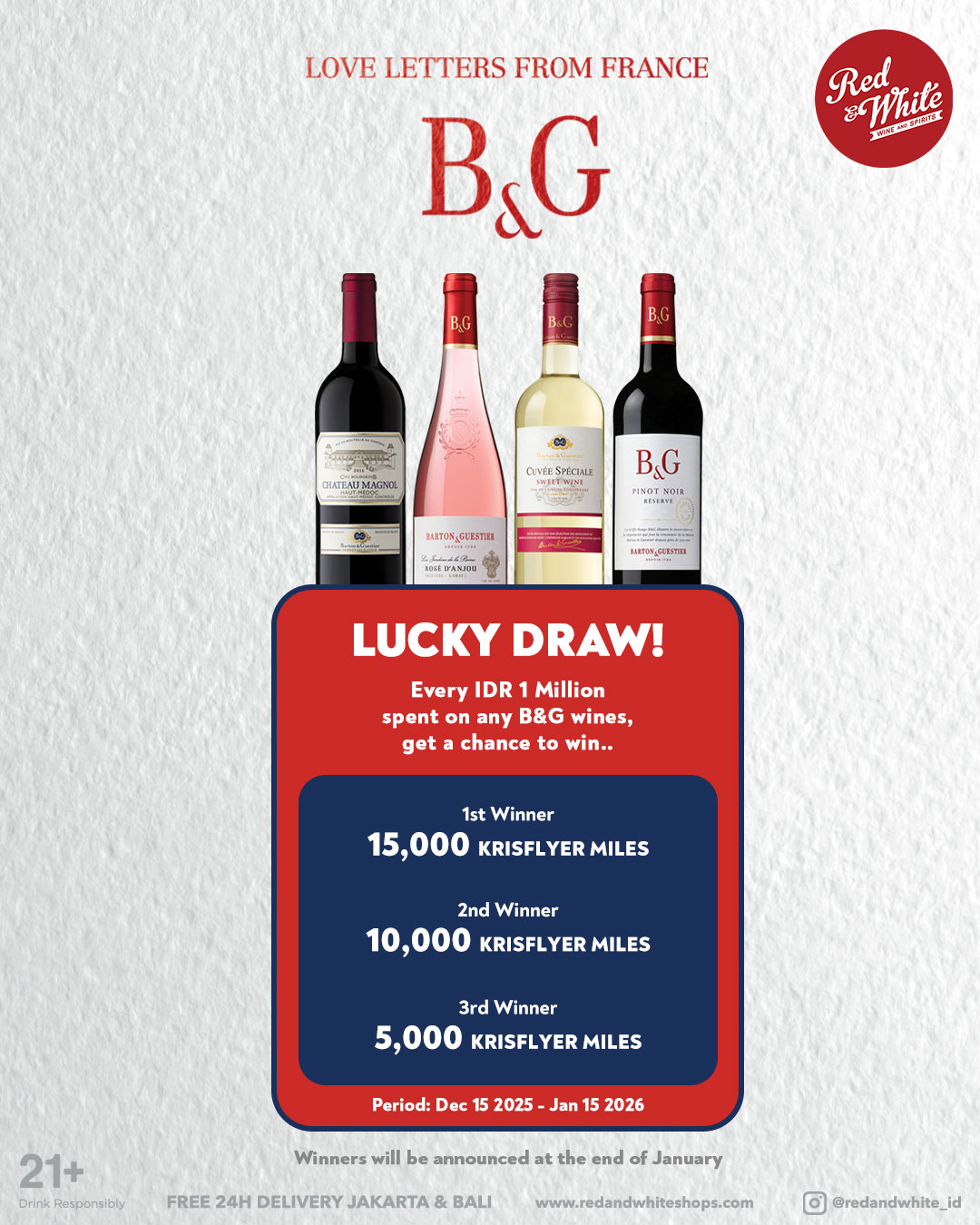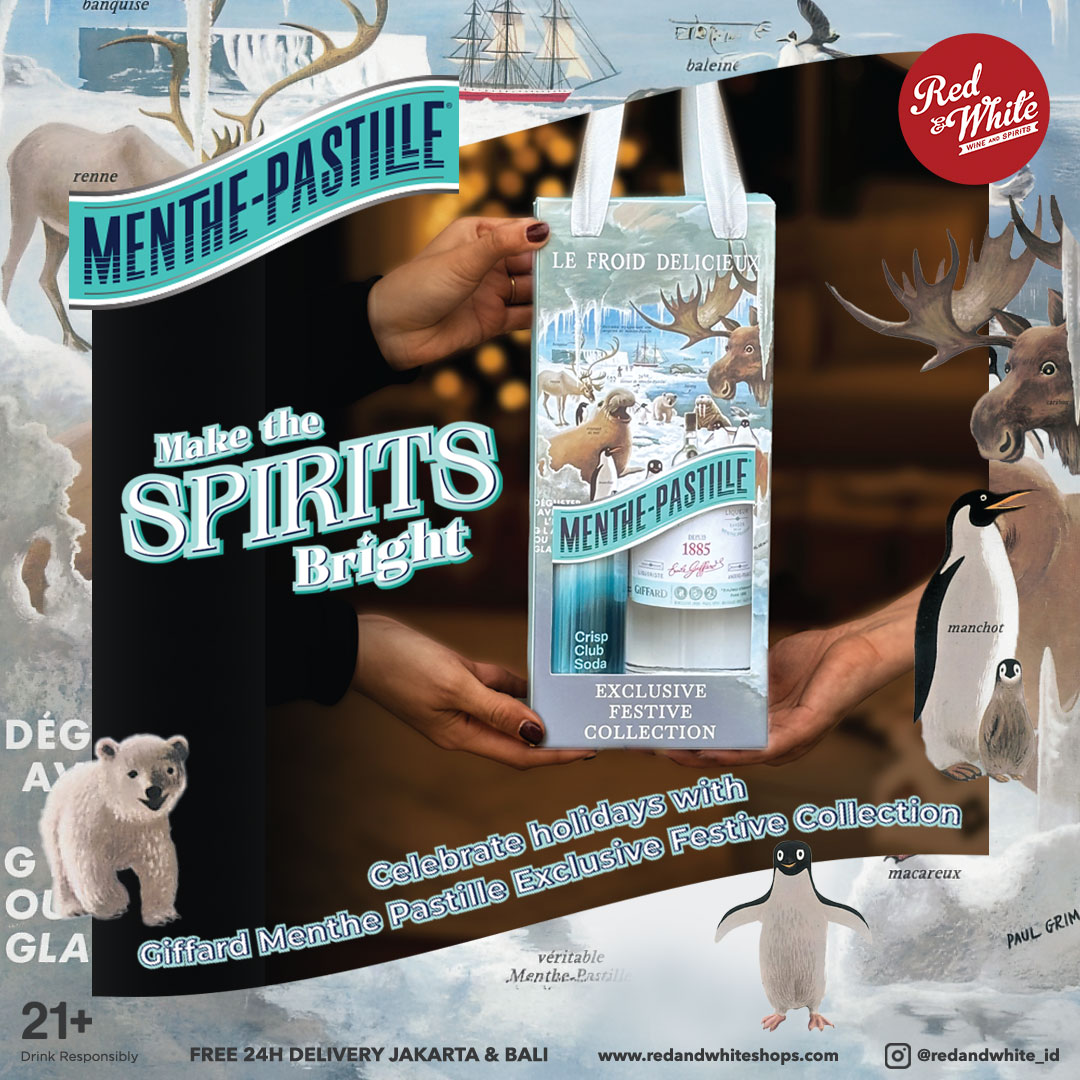
Get to Know a Champagne from its Label
Choosing the right bottle of champagne can be a daunting task. Whether you’re picking out your wedding champagne, bringing a bottle to a dinner party, or choosing one to gift to an important person, how does one even begin to decide which kind to get? There’s a wide variety of champagne available to choose from, and opting for the wrong one may result in disappointment and wasting money. Luckily for everyone, champagne labels contain everything you need to know about the bottle you’re about to purchase. Learn how to read champagne labels and save yourself the anxiety the next time you pick out a bottle!
Make sure it’s champagne!
This may be a ridiculous tip, but make sure that the label says “Champagne” on it! While champagne is basically sparkling wine, it needs to tick off the requirement of being produced in France. So, any other sparkling wine that isn’t produced in France won’t be labeled as champagne.
Check out the brand name
After confirming that the bottle is indeed champagne, the next thing you’ll notice on the champagne label is the brand name. This may also be the same as the producer of the champagne, also known as the champagne house.
Brands have an impact on how much the bottle costs, so you can somewhat gauge the price of the champagne without even checking the price tag. Champagne brands such as Dom Pérignon, Moët & Chandon, and Veuve Clicquot, may be on the pricier side, but they’re also prestigious, and more importantly delicious!
Find out where the wine was produced
Though originating from the Champagne region in France, this bubbly drink is now produced across the country. Different areas give slight variations to the taste and quality of the champagne. This is due to weather factors and differences in the vineyard systems in each location. A champagne label may indicate that the bottle was produced in Burgundy or Bordeaux.
Note the dose of sweetness in the bottle
Whether you’re picking champagne for yourself or for others, you’d want to choose something that everyone will like. One way to predict whether the champagne would be pleasing is to consider how sweet it is.
Champagne labels will note the level of sweetness of the drink. Get familiar with these terms and what they mean about the sugar contents in champagne:
- Doux: > 50 grams per liter
- Demi-sec: 32 – 50 grams per liter
- Sec: 17 – 32 grams per liter
- Extra Sec: 12 – 17 grams per liter
- Brut: 0 – 12 grams per liter
- Extra brut: 0 – 6 grams per liter
- Brut Nature: 0 – 3 grams per liter
Pay attention to the vintage
On a champagne label, you will almost always find a year noted. This year is called the vintage, and it details the year in which the grapes in the champagne were harvested. If you want to go the extra mile, you can research weather events in the label’s specific region and year, to see if that affects the grapes grown in the area.
Consider the ABV contents
Flavour isn’t the only thing you should consider when picking out a bottle of champagne. The amount of alcohol in the drink is also a good indicator of whether that bottle is the right fit for you. Champagne labels contain info on the champagne’s ABV contents. While most champagne comes in at about 12.5% ABV, you may be able to find a bottle with more or less than that, depending on what you’re looking for.
Related article: Does Champagne Go Bad? What You Need to Know Before You Pop That Bottle
Find information about the grape varieties used
Contrary to what may seem to make sense, champagne isn’t always made of white grapes. In fact, it’s possible to produce a white wine or champagne out of red or black grapes. Some champagne labels will tell you the kinds of grapes used in the bottle. This can be divided into three categories.
- Blanc de Noirs: this type of champagne is made of black grapes by combining Pinot Noir and Pinot Meunier
- Blanc de Blancs: this is a champagne which contains only white grapes, specifically Chardonnay grapes
- Rosé: this classic brunch favourite is made by adding a little bit of red wine into white champagne
Looking for your favorite Whisky? Red & White provides the widest selection of Whisky. Visit our nearest store now!




